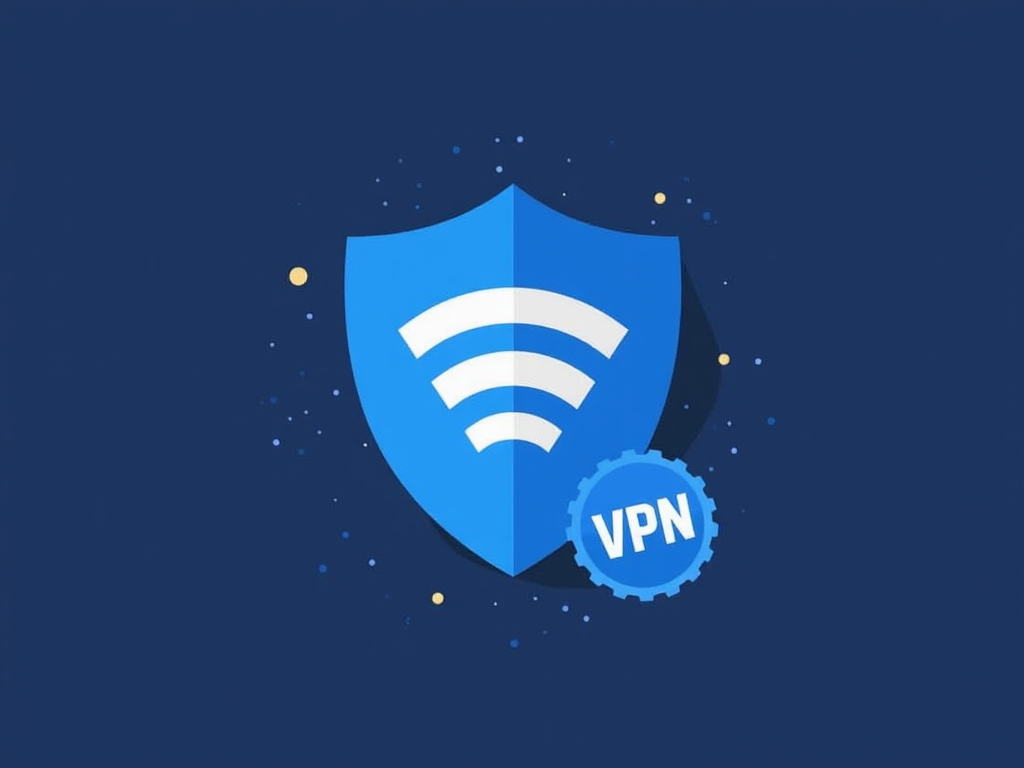How to Set Up a VPN on Your Router: A Step-by-Step Guide
Are you tired of dealing with slow internet speeds, data caps, and pesky geo-restrictions? Do you want to protect your online privacy and security? Look no further! Setting up a Virtual Private Network (VPN) on your router is the perfect solution. In this article, we’ll walk you through a step-by-step guide on how to set up a VPN on your router, ensuring a secure and private internet experience.
Why Set Up a VPN on Your Router?
Before we dive into the setup process, let’s briefly discuss why setting up a VPN on your router is beneficial:
- Improved Security: A VPN encrypts all traffic coming from and going to your devices, making it nearly impossible for hackers to intercept sensitive data.
- Unrestricted Access: With a VPN, you can bypass geo-restrictions and access content that’s typically only available in specific regions.
- Faster Internet Speeds: By offloading some of the encryption process to your router, you’ll enjoy faster internet speeds without sacrificing security.
Choosing the Right VPN Service
To set up a VPN on your router, you’ll need a compatible VPN service. Some popular options include:
- ExpressVPN
- NordVPN
- CyberGhost
- TunnelBear
When selecting a VPN service, consider factors such as:
- Server locations: Ensure the service has servers in the regions you want to access.
- Encryption protocols: Look for services that support modern encryption protocols like OpenVPN or WireGuard.
- Speed and performance: Opt for a service with a reputation for fast speeds.
Setting Up Your VPN on Router
Now that we’ve covered the benefits and choosing the right VPN service, let’s get started with the setup process!
Step 1: Log in to Your Router
First, log in to your router using its default IP address (usually 192.168.0.1 or 192.168.1.1). The login credentials are typically printed on the underside of your router or found in the manufacturer’s documentation.
Step 2: Find the VPN Settings
Once logged in, navigate to the Advanced Setup, VPN, or Wireless Settings section (the exact location may vary depending on your router model). Look for a setting labeled “VPN” or “PPTP/L2TP” and click on it.
Step 3: Configure the VPN Client
In this section, you’ll need to enter the following information:
- Server Address: Enter the VPN service’s server address (usually in the format
vpn.example.com). - Username: Input your VPN username.
- Password: Enter your VPN password.
- Encryption Protocol: Choose the encryption protocol supported by your VPN service (e.g., OpenVPN, PPTP, or L2TP).
Step 4: Configure the Router’s WAN Settings
Next, navigate to the WAN Settings section and set:
- WAN Connection Type: Select “PPPoE” (if available) or “Dynamic IP”.
- Username: Enter your internet service provider’s username.
- Password: Input your internet service provider’s password.
Step 5: Save Your Changes
Once you’ve completed the above steps, save your changes by clicking on the “Apply” or “Save” button. The router may restart briefly to apply the new settings.
Testing Your VPN Connection
After setting up your VPN on your router, test your connection by:
- Connecting to a public Wi-Fi network: Check if you can access geo-restricted content and browse securely.
- Using online speed tests: Verify that your internet speeds have not been significantly impacted.
Troubleshooting Tips
If you encounter issues during the setup process or after configuring your VPN:
- Check your router’s firmware version: Ensure it’s up-to-date, as older versions may not support VPN configurations.
- Consult your VPN service’s documentation: Refer to their guides for specific router setup instructions.
- Contact your internet service provider: Reach out if you’re experiencing issues with your WAN connection.
By following these steps and tips, you’ll be able to set up a VPN on your router, ensuring a secure and private internet experience. Remember to choose a reputable VPN service that meets your needs and to regularly check for firmware updates and security patches to maintain optimal performance. Happy surfing!



